Home>Garden Essentials>What Does A Seed Contain?
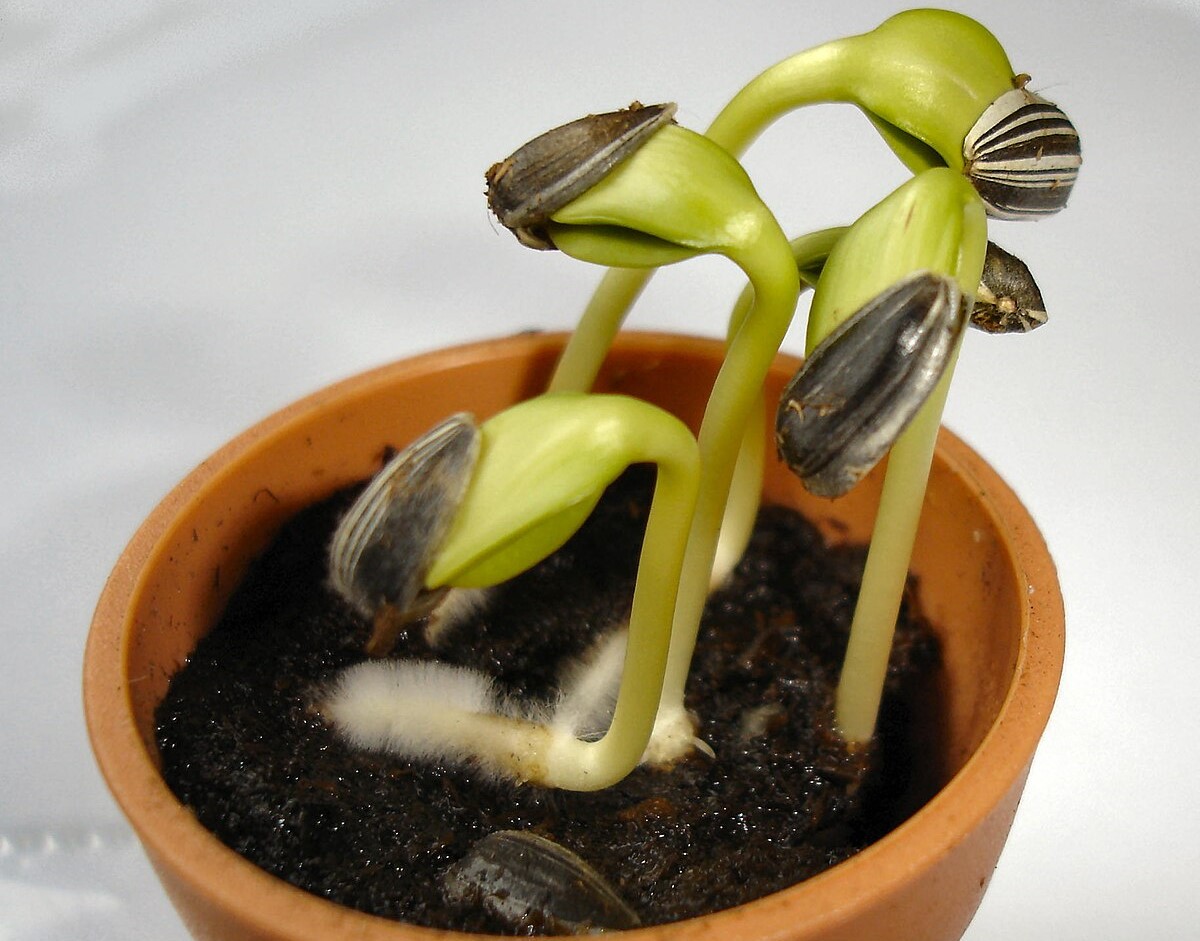

Garden Essentials
What Does A Seed Contain?
Published: December 15, 2023
Discover what a seed contains and how to start your garden with the right knowledge. Learn about the essential elements for successful gardening. Unlock the secrets of seeds today!
(Many of the links in this article redirect to a specific reviewed product. Your purchase of these products through affiliate links helps to generate commission for Storables.com, at no extra cost. Learn more)
**
Introduction
**
Seeds are extraordinary marvels of nature, encapsulating the potential for life within their tiny forms. They are the beginning of a plant's journey, containing all the essential components necessary to sprout and develop into a mature plant. Understanding the intricate nature of seeds provides a deeper appreciation for the fundamental role they play in sustaining life on our planet.
Seeds have been revered and utilized by humanity for millennia, serving as a vital source of sustenance, fueling agricultural practices, and contributing to the rich tapestry of cultures around the world. From the humble mustard seed to the majestic oak acorn, each seed harbors a unique story and purpose waiting to unfold.
In this article, we will embark on a captivating exploration of seed anatomy, unravel the diverse array of nutrients housed within these miniature powerhouses, delve into the fascinating world of seed diversity, and shed light on the profound significance of seeds in the grand scheme of ecological balance and human existence. Join us as we uncover the hidden treasures concealed within these unassuming kernels, and gain a newfound understanding of their indispensable role in the intricate web of life.
As we embark on this enlightening journey, we will marvel at the intricate design of seeds, uncover the wealth of nutrients they harbor, explore the vast array of seed varieties, and gain a profound appreciation for their pivotal role in sustaining life on our planet. Let's delve into the captivating realm of seeds and unlock the secrets hidden within these miniature marvels.
Key Takeaways:
- Seeds are tiny powerhouses containing all the essentials for plant life, from protective coats to nourishing endosperm and the genetic blueprint of the embryo.
- Seeds are not just dormant entities; they are vital sources of proteins, healthy fats, fiber, vitamins, and minerals, contributing to diverse diets and overall well-being.
Read more: What Does A Seed Do
Seed Anatomy
Embarking on an exploration of seed anatomy unveils the remarkable structural composition that encapsulates the potential for new plant life. At first glance, a seed may appear unassuming, but a closer examination reveals a complex and meticulously designed structure.
Seed Coat: The outermost layer of a seed, known as the seed coat or testa, serves as a protective barrier. It shields the delicate embryonic plant within from external threats such as moisture loss, physical damage, and microbial invasion. The seed coat exhibits a diverse range of textures, colors, and thicknesses, reflecting the unique adaptations of different plant species.
Endosperm: This starchy or oily tissue provides nourishment to the developing embryo. In some seeds, such as grains and cereals, the endosperm constitutes a significant portion of the seed, serving as a vital source of energy for the germinating plant. Its composition varies widely among different plant species, reflecting their specific nutritional requirements.
Embryo: At the heart of the seed lies the embryo, the nascent plant in its earliest form. Comprising the embryonic root (radicle), shoot (plumule), and one or two seed leaves (cotyledons), the embryo holds the genetic blueprint for the future plant. This miniature, dormant plant is a testament to the remarkable potential harbored within the confines of a seed.
Hilum: The point of attachment on the seed coat where the seed was once connected to the parent plant. This scar, often visible on the seed coat, marks the site where the seed was once attached to the ovary wall, serving as the conduit for nutrient uptake during seed development.
Micropyle: A small opening in the seed coat that allows for the exchange of gases and water during germination. This micropyle plays a crucial role in facilitating the entry of water and oxygen, essential for initiating the germination process.
Delving into the intricate anatomy of seeds unveils a world of remarkable adaptations and finely tuned mechanisms that enable these embryonic plant structures to withstand the rigors of their environment and embark on the journey of germination. Each component plays a pivotal role in ensuring the survival and successful growth of the emerging plant, showcasing the ingenuity of nature’s design.
Nutrients in Seeds
Seeds are not only vessels of life but also storehouses of essential nutrients, making them invaluable sources of sustenance for both humans and wildlife. Within their compact confines, seeds harbor a rich array of macronutrients, micronutrients, and bioactive compounds, offering a diverse range of health benefits.
Proteins: Many seeds are notable sources of plant-based proteins, essential for supporting growth, repair, and maintenance of bodily tissues. Legumes such as lentils, chickpeas, and soybeans are renowned for their high protein content, making them valuable components of vegetarian and vegan diets. Additionally, seeds like quinoa and chia seeds are esteemed for their complete protein profiles, containing all essential amino acids necessary for human nutrition.
Healthy Fats: Certain seeds, such as flaxseeds, pumpkin seeds, and sunflower seeds, are rich in heart-healthy fats, including omega-3 and omega-6 fatty acids. These unsaturated fats play a crucial role in promoting cardiovascular health, reducing inflammation, and supporting cognitive function. Incorporating a variety of seeds into one’s diet can contribute to a well-rounded intake of beneficial fats.
Fiber: Seeds are abundant sources of dietary fiber, essential for digestive health and maintaining regular bowel function. The soluble and insoluble fiber found in seeds such as psyllium husk, sesame seeds, and flaxseeds can aid in lowering cholesterol levels, regulating blood sugar, and promoting satiety, making them valuable allies in maintaining overall wellness.
Vitamins and Minerals: From vitamin E-rich sunflower seeds to mineral-dense sesame seeds, a diverse spectrum of seeds offers an array of essential vitamins and minerals. These micronutrients play pivotal roles in supporting immune function, promoting bone health, and acting as antioxidants to combat oxidative stress within the body.
Phytochemicals: Seeds contain an assortment of bioactive compounds, including polyphenols, flavonoids, and phytosterols, which exhibit antioxidant, anti-inflammatory, and potential anticancer properties. These phytochemicals contribute to the vibrant array of colors and flavors found in seeds, while also conferring numerous health benefits when incorporated into the diet.
By harnessing the nutritional bounty encapsulated within seeds, individuals can cultivate a diet rich in diverse nutrients essential for overall well-being. Whether consumed raw, sprouted, or incorporated into culinary creations, seeds offer a versatile and nutrient-dense addition to a health-conscious lifestyle.
Seeds contain a tiny plant embryo, stored food for the plant to grow, and a protective seed coat. Planting seeds in soil with water and sunlight helps them grow into new plants.
Types of Seeds
Seeds encompass a vast spectrum of diversity, reflecting the incredible breadth of plant life that inhabits our planet. From diminutive seeds that disperse on the breeze to hefty, nutrient-rich kernels, the world of seeds is teeming with variety. Let’s embark on a journey to explore some of the intriguing types of seeds that grace the botanical realm.
Grains: The seeds of grasses, known as grains, stand as foundational staples in global agriculture and culinary traditions. Wheat, rice, maize (corn), barley, and oats are among the most widely cultivated and consumed grains, serving as primary sources of carbohydrates, proteins, and essential nutrients for human populations worldwide.
Legumes: Leguminous plants produce seeds within pods, encompassing a diverse array of edible seeds rich in proteins and vital nutrients. From the humble lentil to the versatile chickpea and the nourishing soybean, legume seeds feature prominently in vegetarian and vegan diets, contributing to sustainable and nutrient-dense food systems.
Nuts: The seeds of certain trees and shrubs, commonly referred to as nuts, exhibit a remarkable array of flavors and textures. From the buttery richness of almonds and the earthy sweetness of hazelnuts to the creamy indulgence of cashews, nuts provide a delectable source of healthy fats, proteins, and essential minerals, enriching both savory and sweet culinary creations.
Oilseeds: Seeds prized for their oil content play a pivotal role in global food production and culinary practices. Sunflower seeds, sesame seeds, flaxseeds, and rapeseeds are among the diverse array of oilseeds that yield nourishing oils used for cooking, baking, and as essential components of a balanced diet.
Pulses: The edible seeds of certain leguminous plants, known as pulses, encompass a wide range of nutritional powerhouses, including lentils, chickpeas, and dried peas. Renowned for their high protein and fiber content, pulses feature prominently in cuisines around the world, offering sustainable and nourishing options for plant-based meals.
Herbaceous Seeds: Plants such as sunflowers, amaranth, and quinoa produce seeds that are valued for their high nutritional content and versatility in culinary applications. These herbaceous seeds contribute to the rich tapestry of plant-based foods, offering an array of flavors, textures, and essential nutrients for diverse dietary preferences.
Exploring the diverse array of seeds unveils the intricate tapestry of plant life, showcasing the myriad ways in which seeds sustain and enrich both natural ecosystems and human societies. From the humble grain that nourishes billions to the exotic seeds that grace gourmet dishes, the world of seeds is an awe-inspiring testament to the abundance and ingenuity of nature.
Importance of Seeds
The significance of seeds reverberates across the tapestry of life, permeating ecosystems, agriculture, culture, and human sustenance. As vessels of potential and repositories of genetic diversity, seeds play an indispensable role in shaping the past, present, and future of our planet.
Biodiversity and Ecosystem Resilience: Seeds embody the genetic diversity of plant species, serving as repositories of adaptive traits that enable flora to thrive in diverse environments. The conservation and propagation of seeds are vital for preserving biodiversity and enhancing the resilience of ecosystems in the face of environmental challenges, including climate change, habitat loss, and invasive species.
Agricultural Sustainability: Seeds form the bedrock of global agriculture, underpinning food security and sustainable livelihoods for millions of farmers and communities. The preservation of heirloom and indigenous seed varieties is crucial for maintaining agricultural diversity, resilience, and the capacity to adapt to changing environmental conditions, pest pressures, and market demands.
Cultural Heritage and Culinary Traditions: Seeds are woven into the fabric of cultural traditions and culinary practices, shaping the flavors, textures, and rituals of diverse cuisines. From the aromatic spices of cumin and coriander to the comforting warmth of grains like rice and quinoa, seeds infuse culinary creations with a rich tapestry of flavors, connecting individuals to their cultural heritage and the land from which these seeds spring forth.
Medicinal and Nutritional Significance: Many seeds harbor potent medicinal properties and serve as vital sources of essential nutrients, contributing to holistic approaches to health and wellness. From the omega-3 fatty acids in flaxseeds to the protein-packed potency of hemp seeds, seeds offer a treasure trove of health-promoting compounds that support overall well-being.
Sustainable Development and Food Sovereignty: Empowering communities to conserve and propagate native seed varieties fosters food sovereignty and sustainable development, enabling individuals to cultivate resilient and diverse food systems. By preserving traditional knowledge related to seed saving and fostering agrobiodiversity, seeds become catalysts for community empowerment and environmental stewardship.
Educational and Inspirational Value: Seeds serve as powerful educational tools, offering insights into plant biology, ecology, and the interconnectedness of life. Their capacity to germinate and flourish inspires wonder and curiosity, nurturing a deeper appreciation for the natural world and the miracles of growth and renewal.
Conservation and Restoration Efforts: Seeds are instrumental in conservation and restoration initiatives, facilitating the reforestation of degraded landscapes, the rehabilitation of ecosystems, and the preservation of endangered plant species. Seed banks and botanical gardens play a crucial role in safeguarding the genetic heritage of plants, ensuring their survival for generations to come.
By recognizing and honoring the multifaceted importance of seeds, we can embrace a holistic approach to environmental stewardship, agricultural sustainability, cultural preservation, and human well-being. Seeds stand as symbols of hope, resilience, and the enduring potential for regeneration, embodying the profound interconnectedness of all life on Earth.
Read more: What Does A Gametophyte Germinate Into
Conclusion
Embarking on a journey through the captivating realm of seeds unveils a world of boundless wonder, resilience, and significance. From the intricate architecture of seed anatomy to the diverse array of nutrients and the cultural, ecological, and agricultural importance of seeds, these miniature marvels embody the essence of life’s enduring vitality.
As we marvel at the intricate design of seeds and unravel the wealth of nutrients they harbor, we gain a profound appreciation for the pivotal role they play in sustaining life on our planet. Seeds are not merely dormant entities awaiting the spark of germination; they are repositories of genetic diversity, cultural heritage, and ecological resilience, shaping the intricate tapestry of natural and human ecosystems.
The diverse array of seeds, from grains and legumes to nuts, oilseeds, and herbaceous varieties, reflects the boundless creativity of nature and the interwoven relationships that sustain life on Earth. Each seed encapsulates a story of adaptation, survival, and nourishment, serving as a testament to the enduring potential harbored within the tiniest of packages.
By recognizing the multifaceted importance of seeds, we honor their role as catalysts for biodiversity conservation, agricultural sustainability, cultural preservation, and holistic well-being. Seeds stand as symbols of hope, resilience, and the enduring potential for regeneration, embodying the profound interconnectedness of all life on Earth.
As we conclude our exploration of seeds, may we carry forth a deepened reverence for these unassuming yet extraordinary entities. Let us cultivate a profound respect for the intricate web of life in which seeds play an indispensable role, and nurture a collective commitment to safeguarding their diversity, vitality, and enduring legacy for generations to come.
Frequently Asked Questions about What Does A Seed Contain?
Was this page helpful?
At Storables.com, we guarantee accurate and reliable information. Our content, validated by Expert Board Contributors, is crafted following stringent Editorial Policies. We're committed to providing you with well-researched, expert-backed insights for all your informational needs.
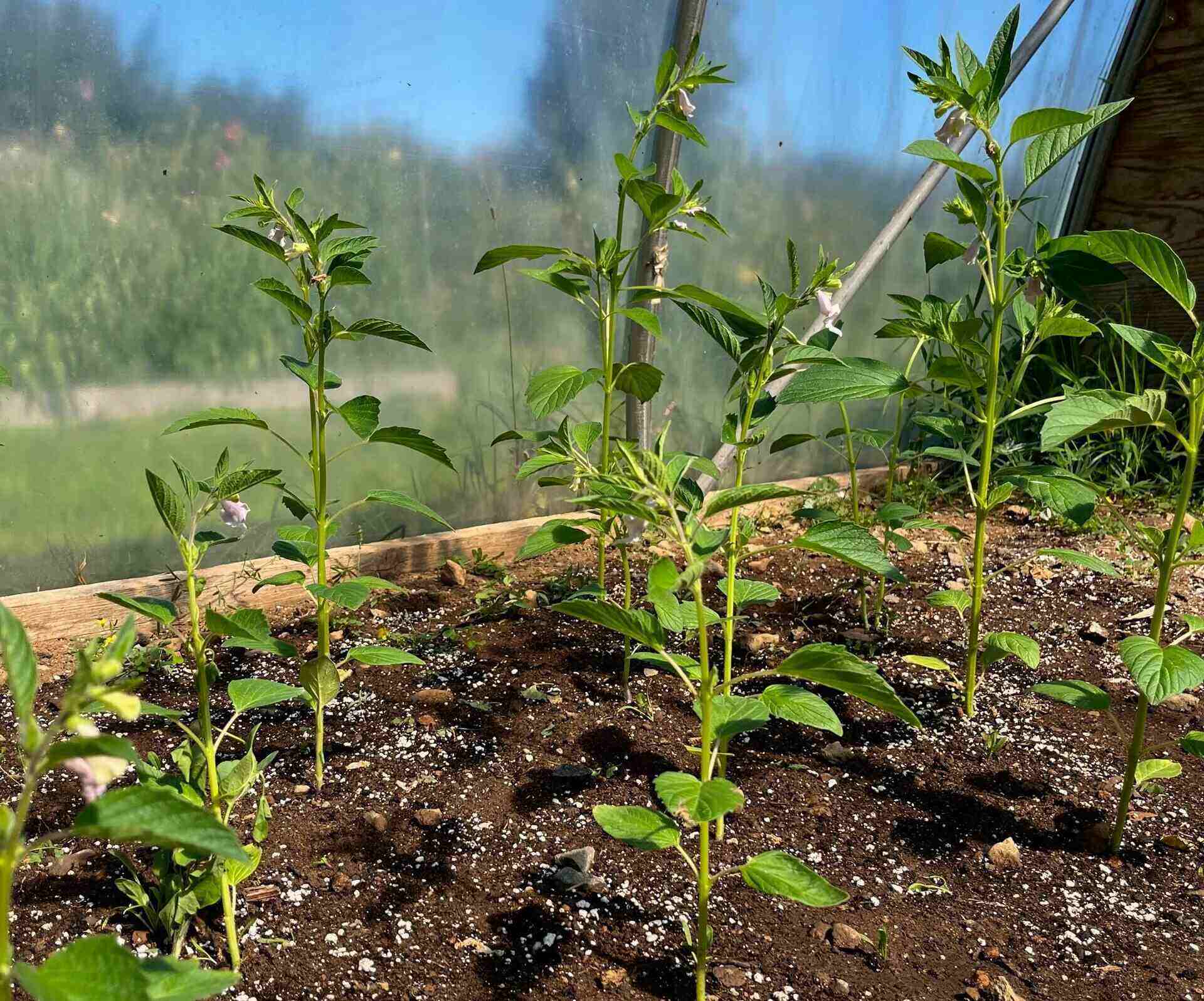
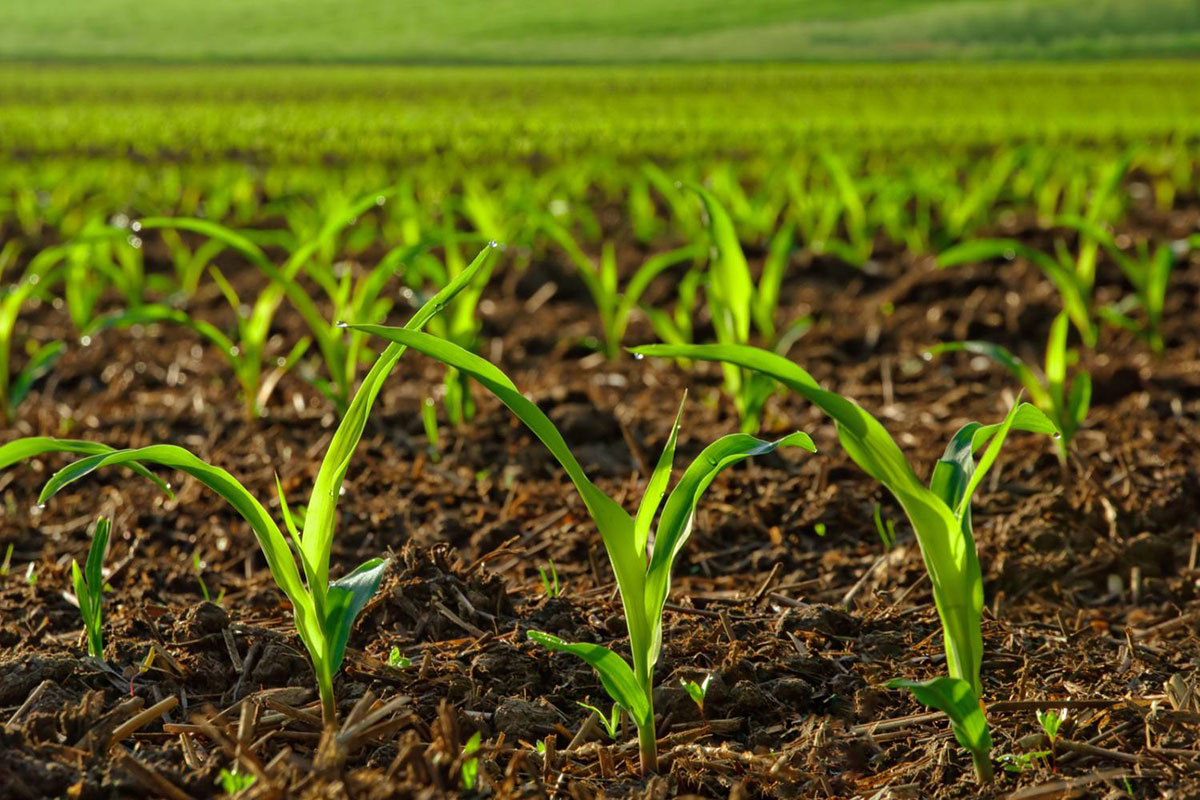
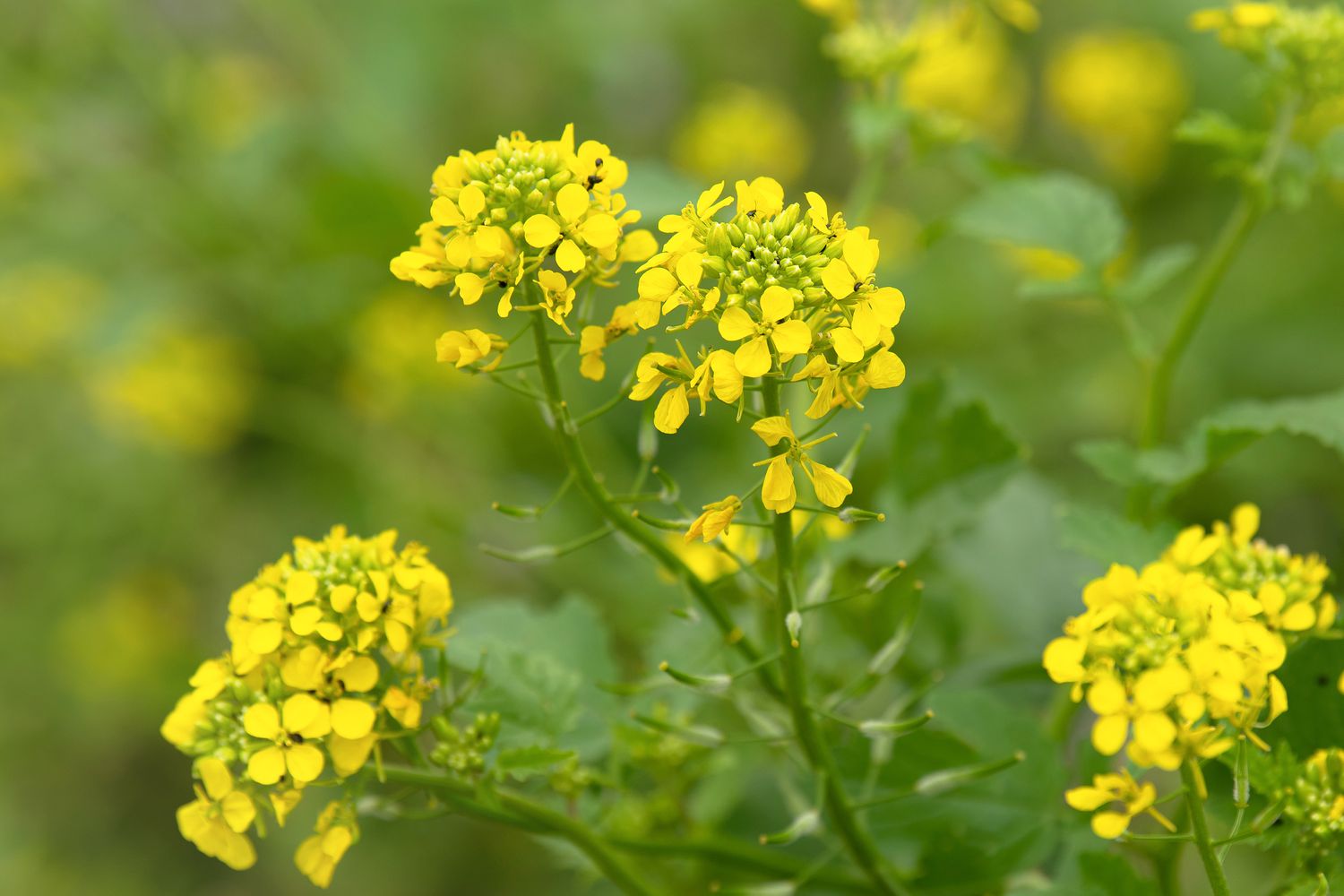
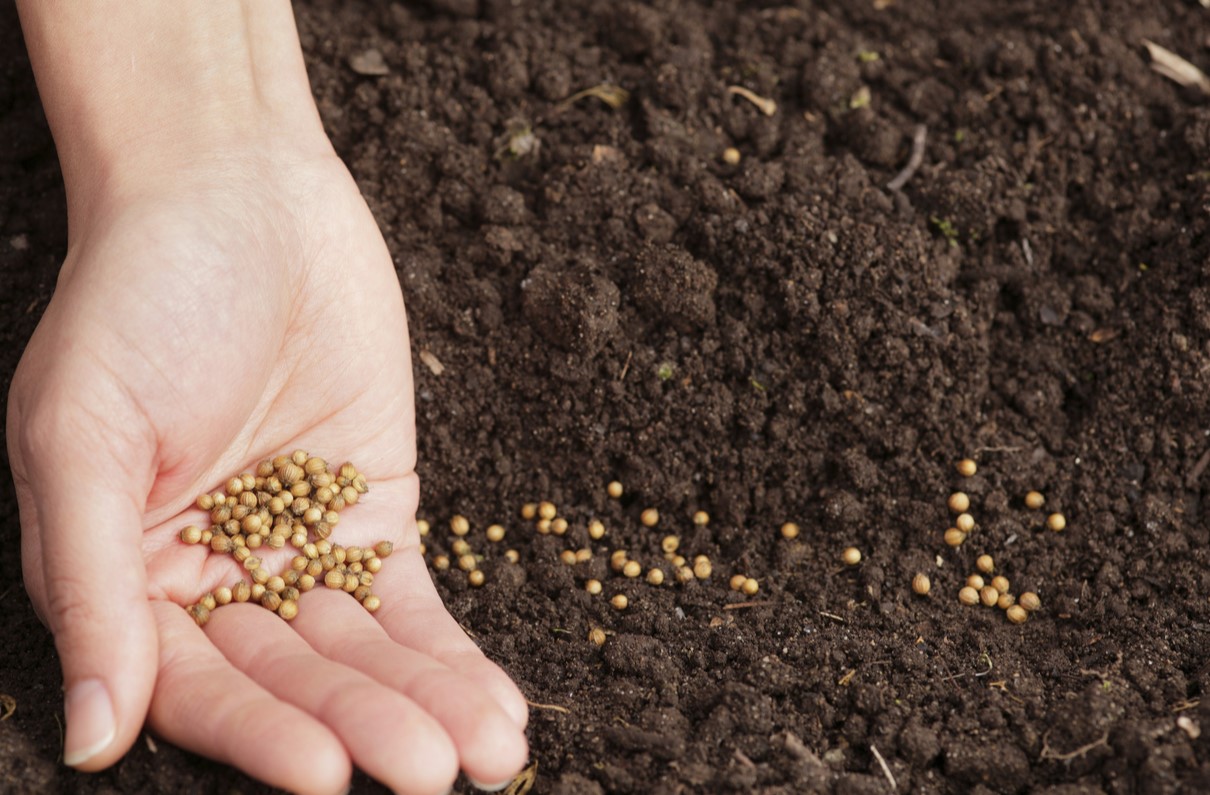
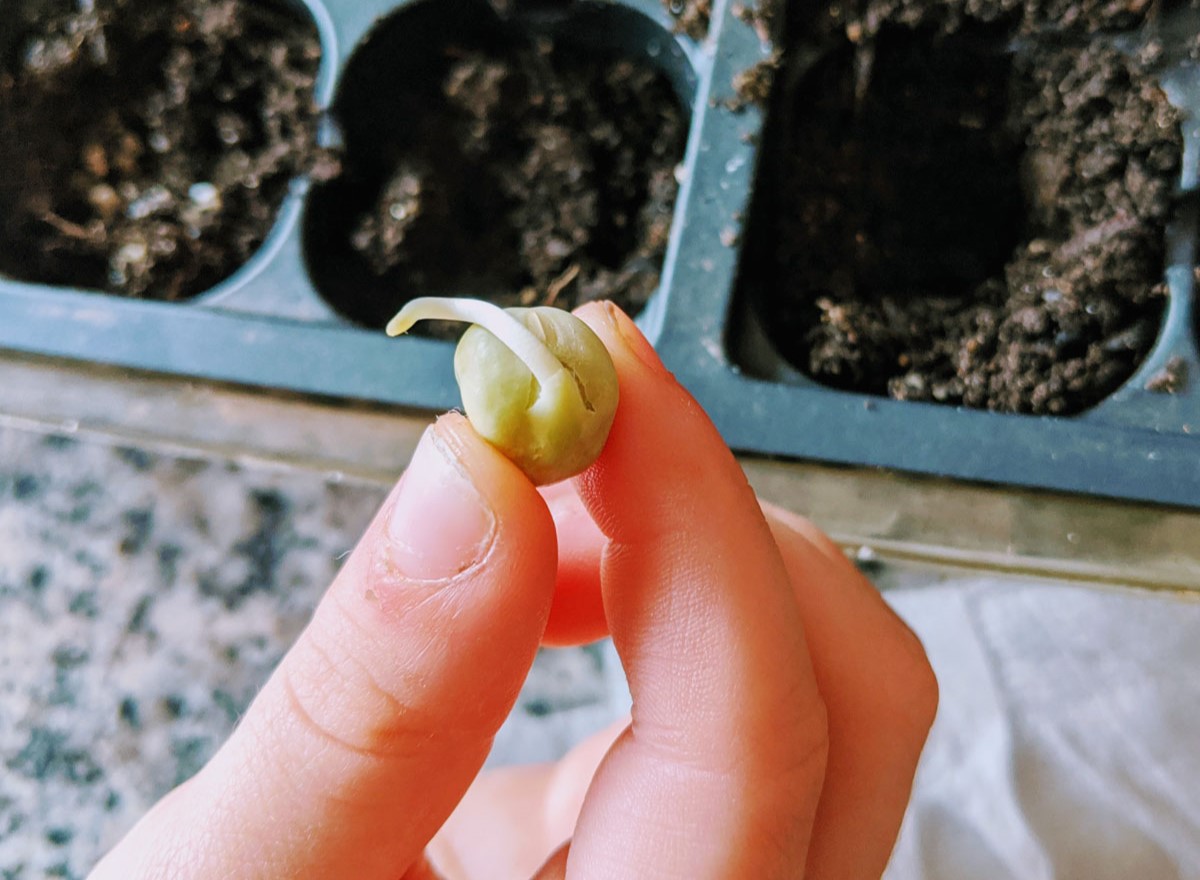
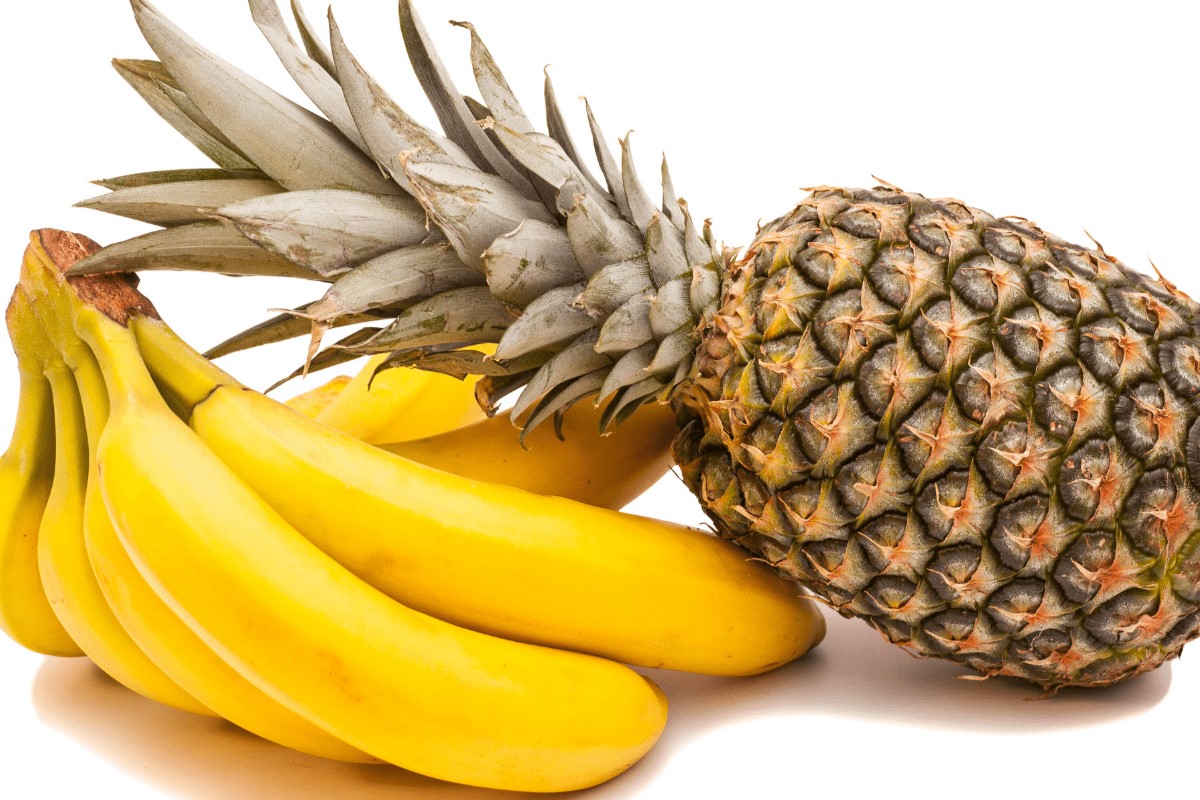
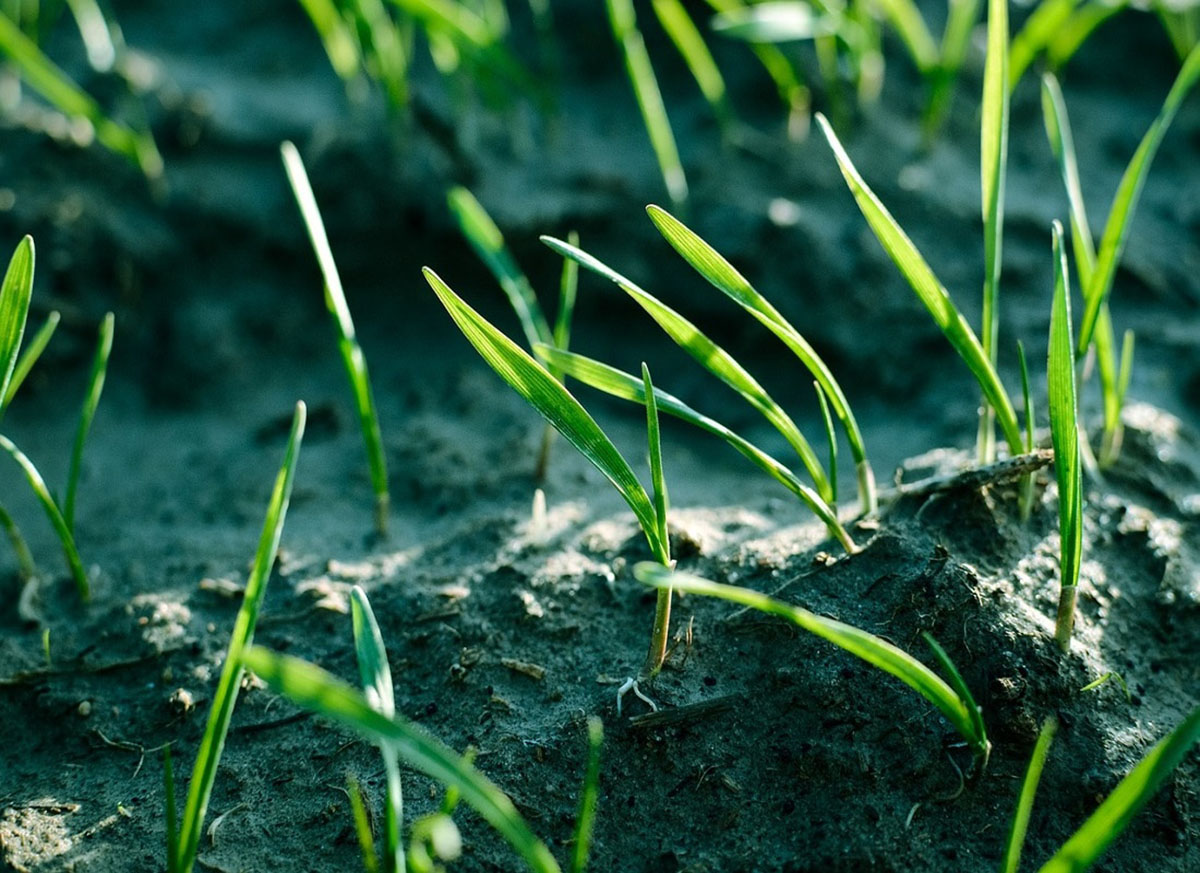
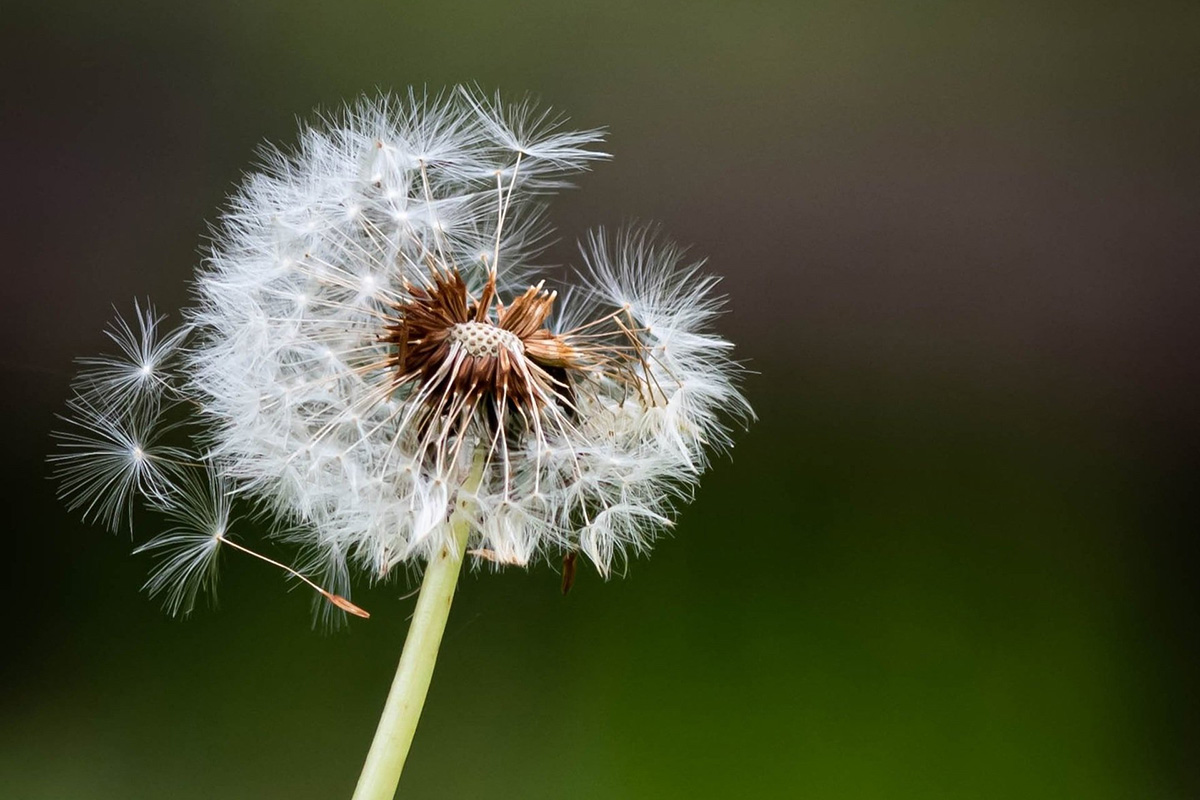
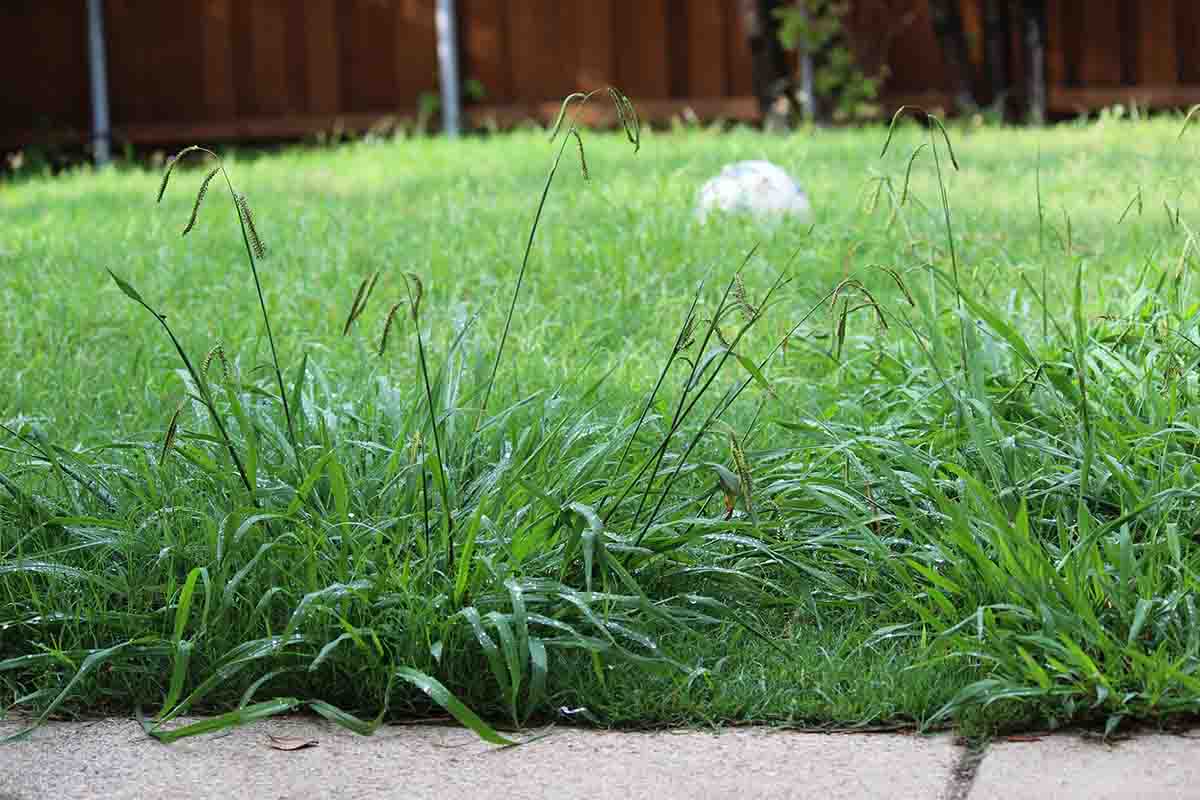
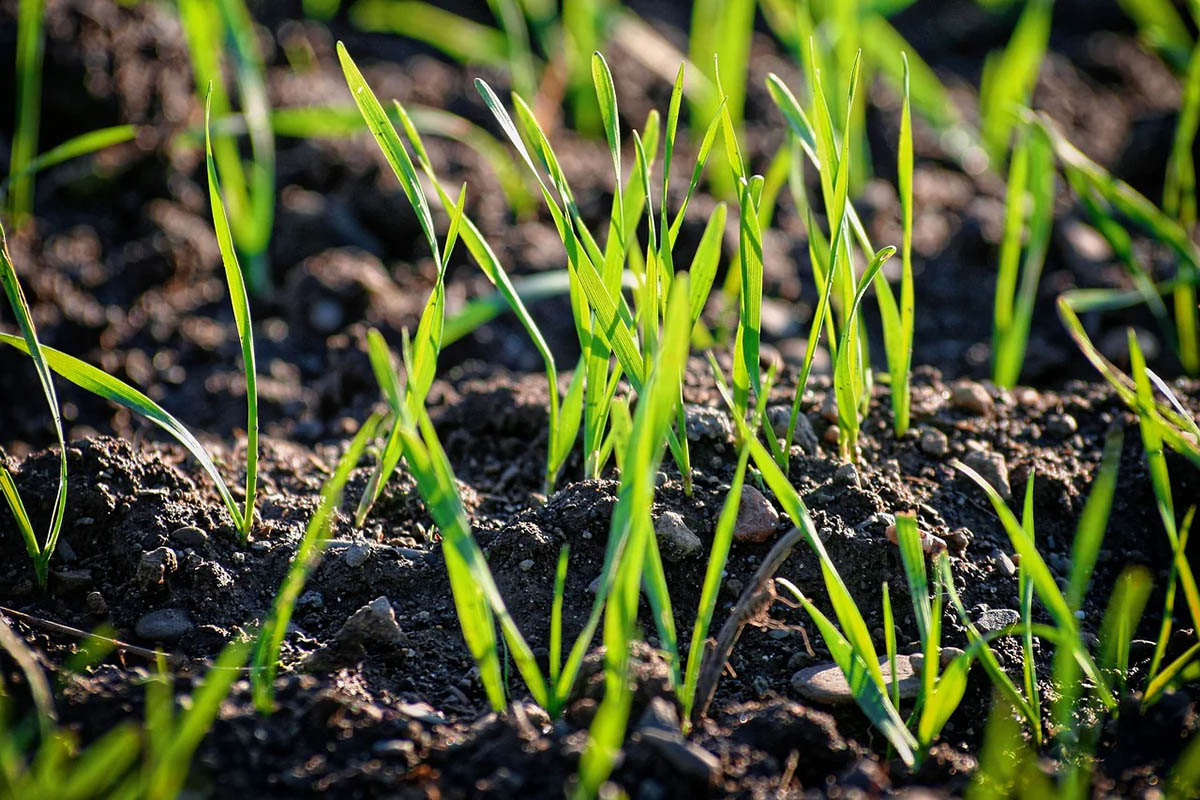
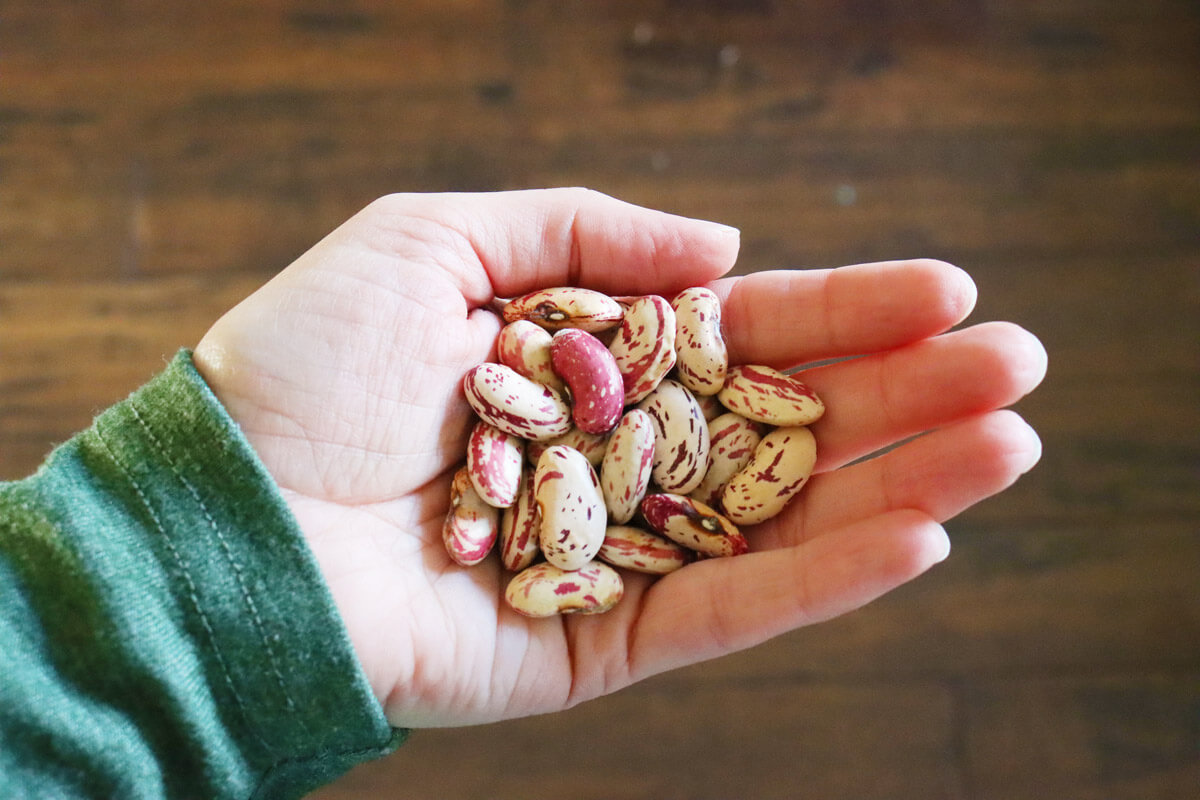
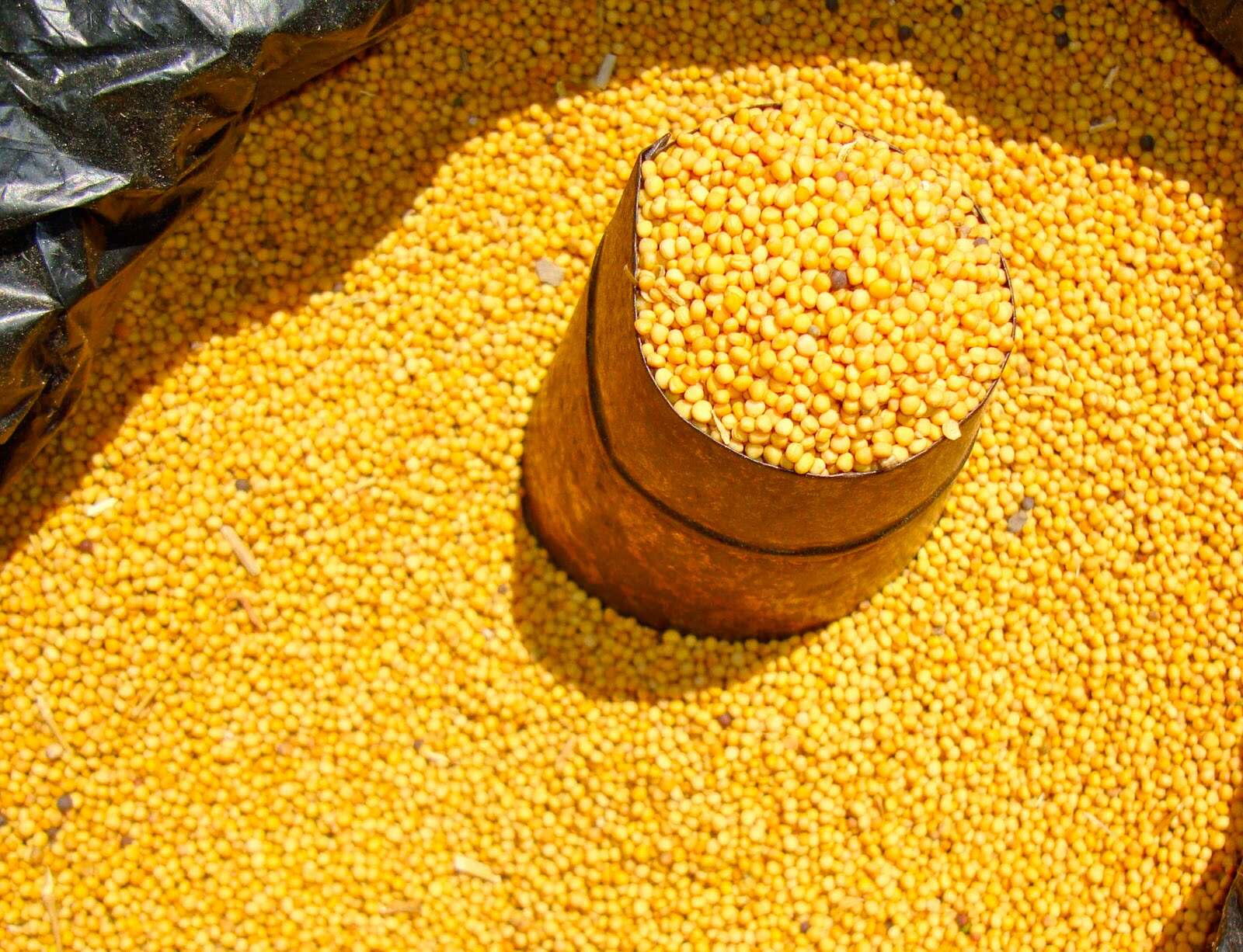
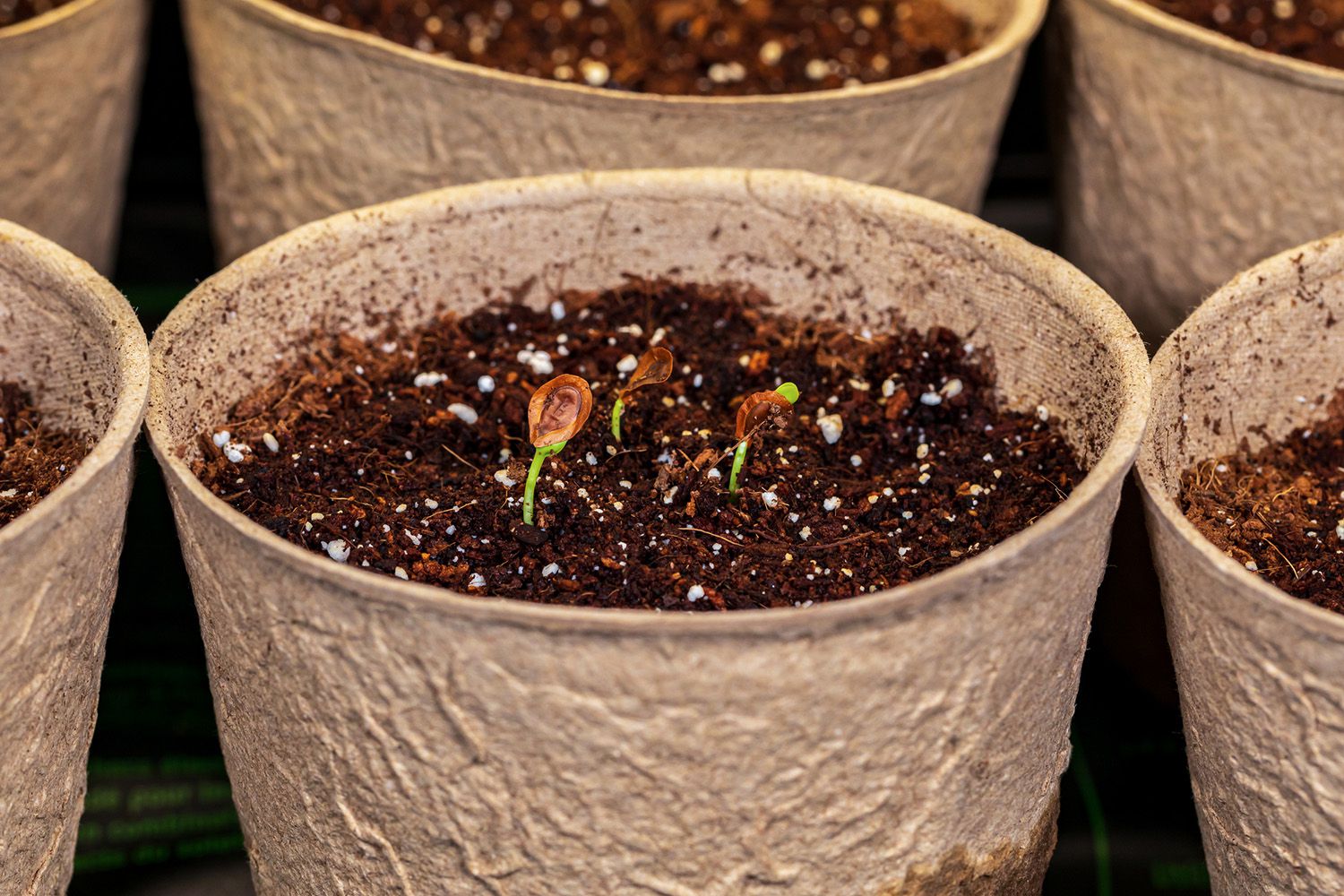
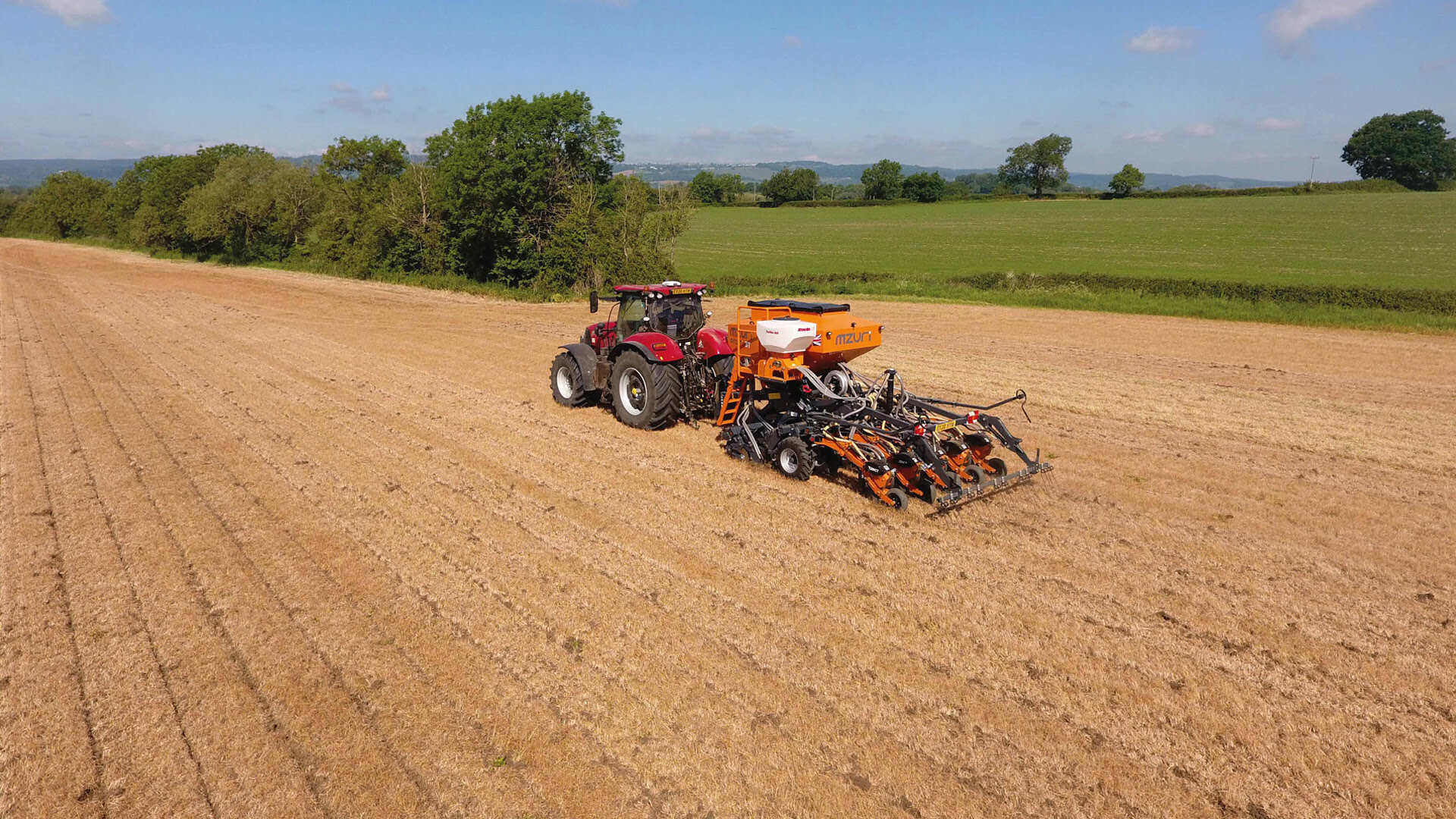

0 thoughts on “What Does A Seed Contain?”